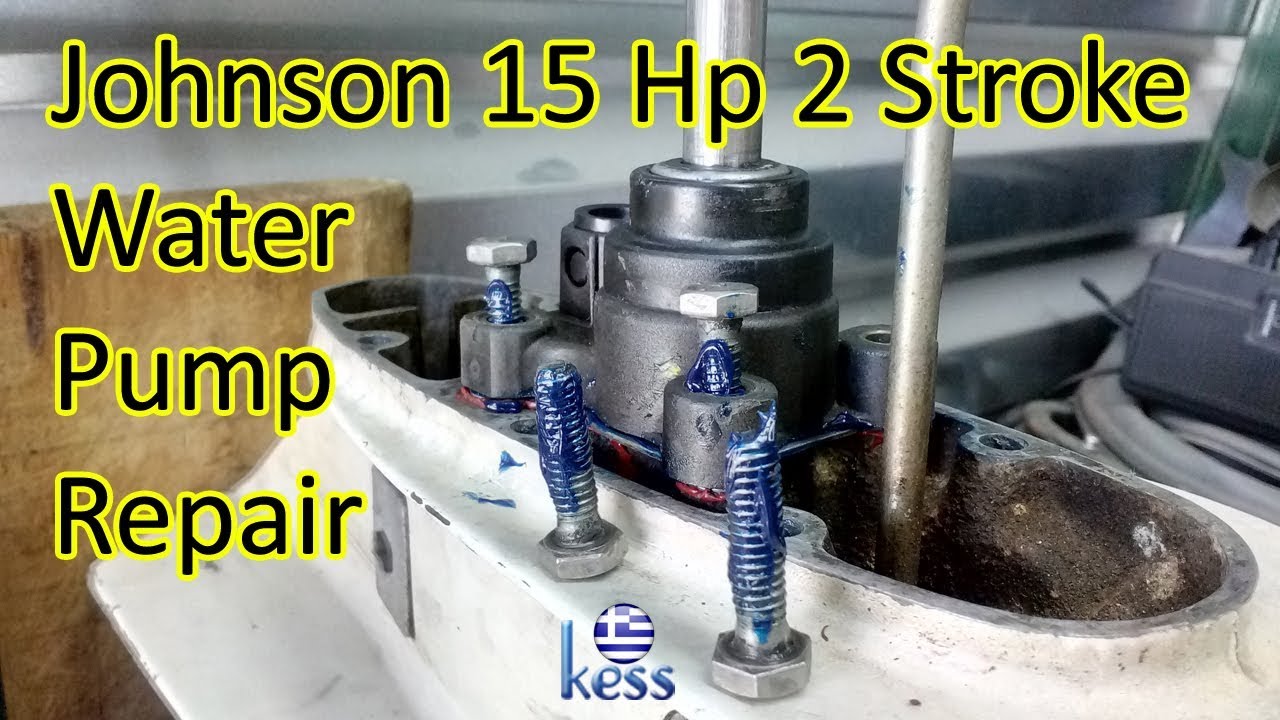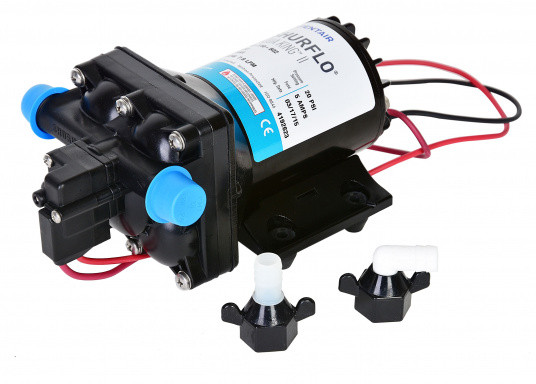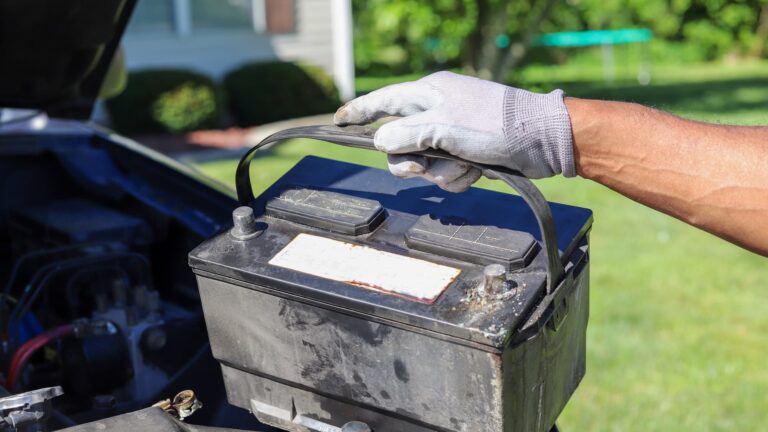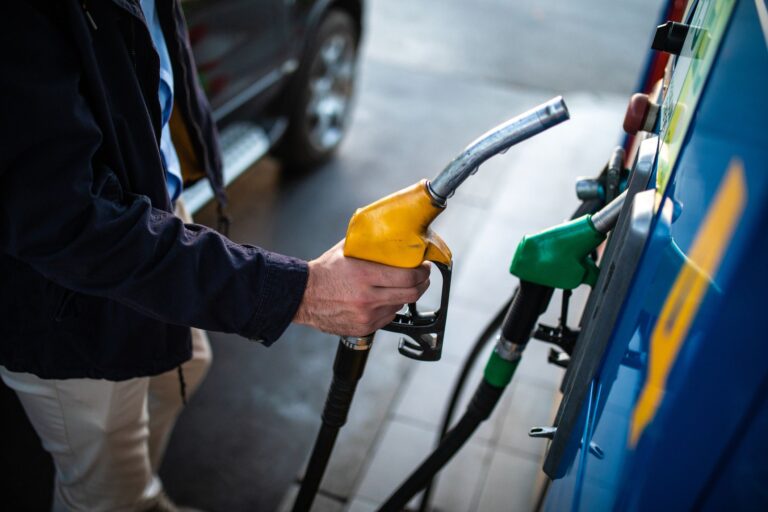2 Stroke Outboard Water in Cylinder: Troubleshooting Tips
When water is found in the cylinder of a 2-stroke outboard, it can be caused by a leaking head gasket, cracked cylinder head or block surface, or a cracked cylinder bore. To remove water from the cylinder, all plugs should be removed and the ignition disabled.
Penetrating oil and fogging oil can be sprayed into the cylinders and left to sit. The engine can then be turned over by hand or cranked with the starter to remove the water. It is important to re-fog the engine to prevent rust if it will be taken apart later.
Water in the cylinder can cause hydro lock, which can lead to serious engine damage.
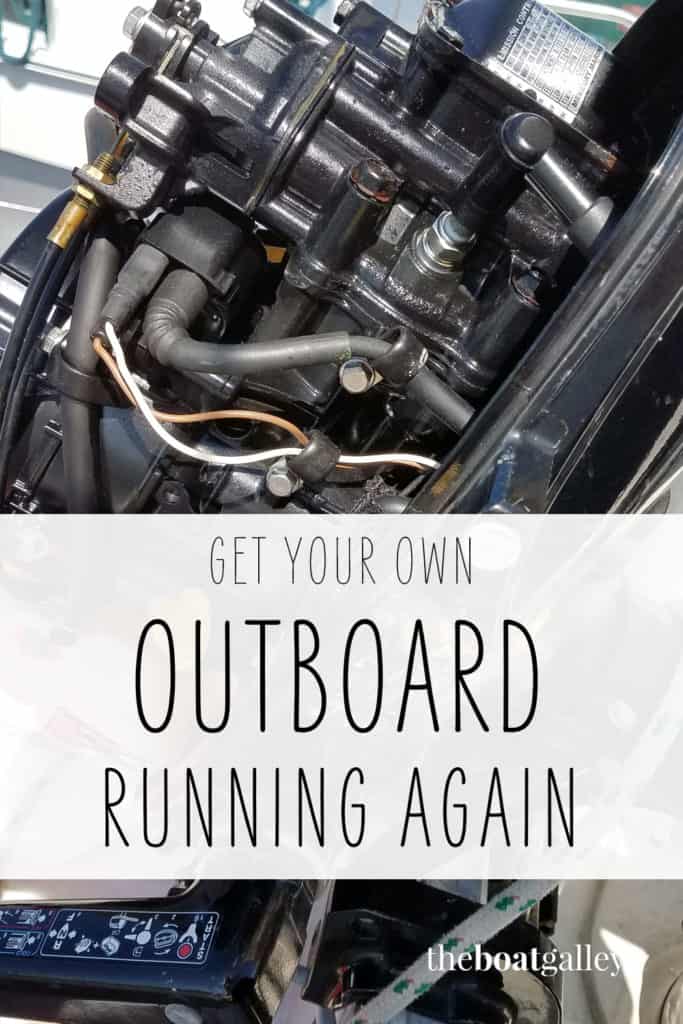
Credit: theboatgalley.com
Common Causes Of Water In Cylinder
|
Common Causes of Water in Cylinder:
If you have water in the cylinder of your 2 stroke outboard, it can be caused by several factors. The most common cause is a head gasket leakage, where water enters the cylinder through a faulty gasket. Another possibility is a cracked or warped cylinder head or block surface that allows water to seep in. Additionally, a cracked cylinder bore can also lead to water in the cylinder. If you notice water in your cylinder, it is important to address the issue promptly as it can cause serious damage to the engine. You may experience problems such as hydro lock, which occurs when water enters the combustion chamber and prevents the pistons from moving. This can result in bent connecting rods and cracked pistons. To avoid further damage, it is recommended to seek professional help to diagnose and fix the issue. |
Symptoms Of Water In Cylinder
|
Symptoms of Water in Cylinder:
– Water coming out of spark plugs – Motor vibrating and smoking through pee hole – Weak steaming |
Water in the cylinder can cause various symptoms and issues with your outboard motor. One of the signs of water in the cylinder is water coming out of the spark plugs. This can be observed when you remove the spark plugs and notice water instead of normal combustion residue. Another symptom is motor vibrating and smoking through the pee hole. This can indicate that water has entered the combustion chamber and is affecting the engine’s performance. Additionally, weak steaming can be an indication of water in the cylinder. If you experience any of these symptoms, it is important to address the issue promptly to prevent further damage to the motor.
Steps To Remove Water From Cylinder
When dealing with water in the cylinder of a 2-stroke outboard, there are several steps you can take to remove it. First, remove all plugs and disable the ignition to prevent any sparks while working. Next, spray penetrating oil and fogging oil in the cylinders, allowing it to sit for some time to break down any moisture. Then, turn the engine over by hand to help remove the water. If needed, crank the engine with the starter to ensure all the water is expelled. Finally, re-fog the cylinders to prevent rust until you can fully disassemble the engine. Following these steps will help you address the issue of water in the cylinder and keep your outboard running smoothly.
Consequences Of Water In Engine
When water enters the cylinders of a 2-stroke outboard engine, it can lead to severe consequences. One major problem is hydro lock, which occurs when water enters the combustion chamber and prevents the pistons from moving. This can result in significant damage, such as bent connecting rods and cracked pistons.
Hydro lock can cause the engine to seize, rendering it inoperable. If water enters only one cylinder, it can lead to an imbalance in the engine’s performance, resulting in vibrations and smoke coming out of the exhaust.
To prevent water from entering the engine, it is crucial to regularly inspect and maintain the water traps, fuel injectors, and blocking filters. Regular cleaning and maintenance of the fuel system can help keep it free from any contaminants, including water.
Preventative Measures To Avoid Water In Cylinder
Water in the cylinder of a 2-stroke outboard motor can cause serious damage if not addressed properly. There are several preventative measures that can help avoid water in the cylinder:
- Regularly check water traps to ensure they are not clogged or blocked. Clean or replace them as necessary.
- Avoid getting water in the fuel by using high-quality fuel and ensuring proper fuel storage.
- Clean fuel systems regularly to prevent blockage and ensure optimal performance.
- Inspect and maintain the outboard motor for any signs of leaks or cracks that could allow water to enter the cylinder.
- Properly winterize the outboard motor if it will be stored for an extended period, as water can condense and cause damage.
- Address any issues promptly to prevent further damage and ensure a long-lasting and reliable outboard motor.
By following these preventative measures, you can minimize the risk of water entering the cylinder and protect your outboard motor from potential damage.
Importance Of Keeping The Fuel Systems Clean
Water in the cylinders of a 2-stroke outboard engine can cause significant damage and impact its performance. It is important to keep the fuel systems clean to prevent potential water buildup. When water enters the combustion chamber, it can lead to hydrolock, which prevents the pistons from moving smoothly. This can result in bent connecting rods and cracked pistons.
To avoid water buildup, it is crucial to maintain and clean the fuel systems regularly. This includes checking and cleaning the water traps, injectors, and blocking filters. Removing all plugs and disabling ignition can help remove water from the cylinders. Additionally, spraying penetrating oil and fogging oil can aid in preventing rust.
By keeping the fuel systems clean, you can ensure optimal engine performance and prevent water-related damage to your 2-stroke outboard engine.
Frequently Asked Questions For 2 Stroke Outboard Water In Cylinder
What Causes Water In Cylinder On Outboard Motor?
Water in the cylinder of an outboard motor is caused by several factors, such as a leaking head gasket, cracked cylinder head or block surface, or a cracked cylinder bore. These issues can lead to water entering the combustion chamber, which can cause serious damage to the engine.
It is important to address these problems promptly to prevent further damage.
Why Is There Water In My Cylinder?
Water in the cylinder can be caused by a leaking head gasket, cracked or warped cylinder head or block surface, or a cracked cylinder bore. These are common causes that can result in water entering the cylinder.
How Do You Get Water Out Of A Boat Cylinder?
To get water out of a boat cylinder, start by removing all plugs and disabling the ignition. Then, spray penetrating oil and fogging oil into the cylinders and let it sit. Use the starter to turn the engine over and get the water out.
Reapply fogging oil to prevent rust.
What Happens If Water Gets In Outboard Motor?
When water gets in the outboard motor, it can cause hydro lock, which prevents the pistons from moving and can lead to serious engine damage. This includes bent connecting rods and cracked pistons. To prevent this, it’s important to check water traps, injectors, and blocking filters regularly and keep the fuel system clean.
Conclusion
Water in the cylinder of a 2-stroke outboard engine can lead to serious issues such as hydrolock and engine damage. Common causes of water in the cylinder include a leaking head gasket, cracked cylinder head or block surface, and cracked cylinder bore.
To remove water from the cylinder, all plugs should be removed, and the engine should be cranked to expel the water. It is important to take preventive measures such as using fogging oil to prevent rust. Taking prompt action can help protect the engine and ensure optimal performance.

